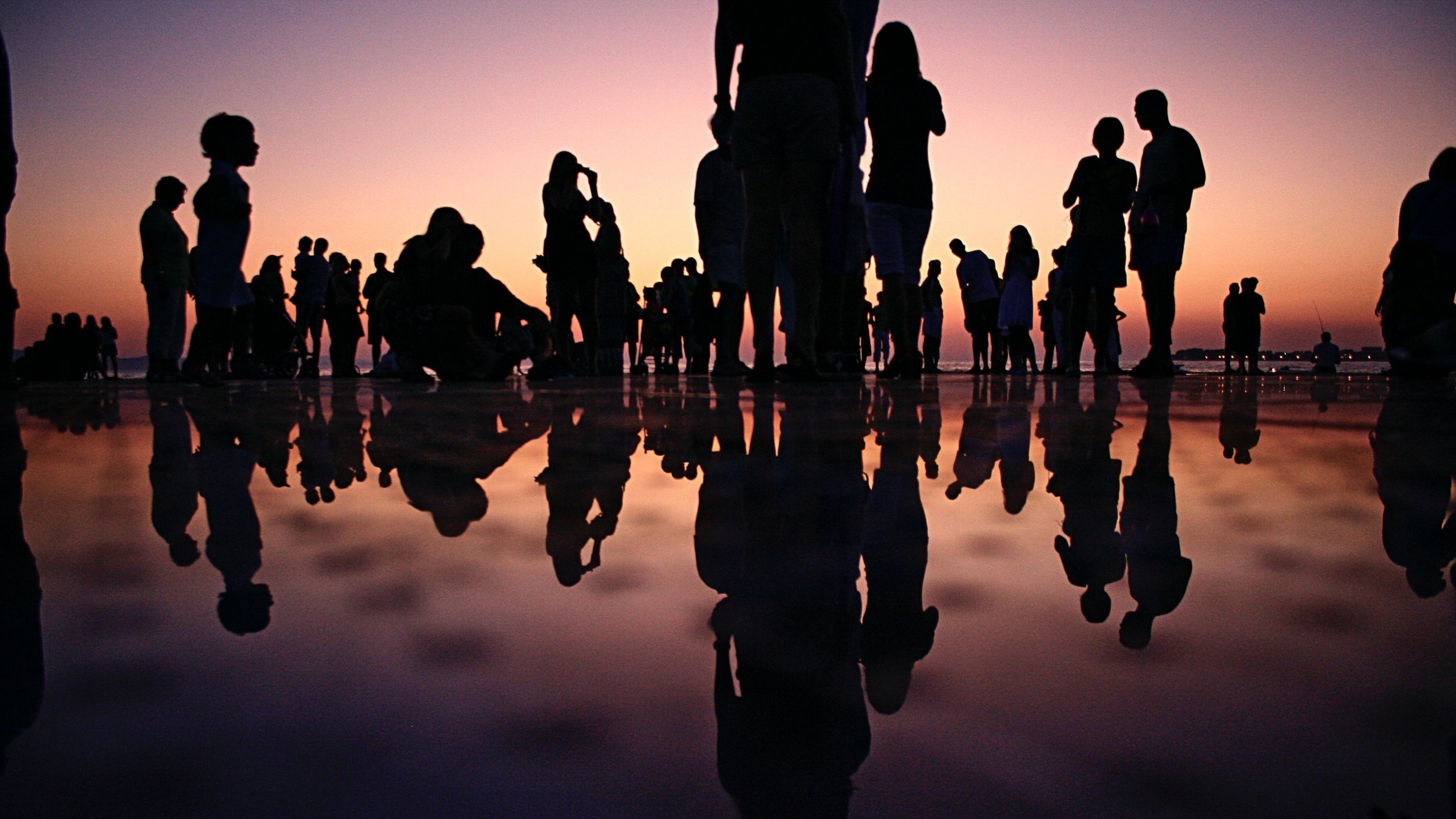Climate Change Is Lengthening Inequities Across Communities
When talking about climate change, it would be remiss to exclude a discussion around its impact on lengthening the divide between low-income minority communities and their counterparts.
You have most likely heard of the term NIMBY, or Not In My Backyard. This term refers to landfills or hazardous waste sites placed in low-income areas with higher populations of people of color. They’re never found in high-income areas because these types of communities have access to power and resources that enable them to keep them out of their neighborhoods.
This is a prime example of how climate change impacts communities differently. Moreover, it’s communities of color that are affected unequally by the onset of global warming. According to the ACLU, climate change “isn’t impacting everyone equally. Black, Brown, and Indigenous people are disproportionately impacted by climate change. This is a racial justice issue, an immigration issue, and an indigenous rights issue” (ACLU 2023).
Why are these communities impacted disproportionately?
Socioeconomic inequalities drive the level of impact and consequences felt from climate change. Looking at the United States specifically, a study conducted by Princeton University shows that “people of color are found to be particularly more vulnerable to heatwaves, extreme weather events, environmental degradation, and subsequent labor market dislocations” (Princeton 2020). But this isn’t just a coincidence. These vulnerabilities can be traced back to slavery, which has in turn shaped modern policies that may be inherently discriminatory, leading to inequalities within the social, political, and economic atmospheres (Princeton 2020). These historical inequalities can be seen in different discriminatory practices in housing, education, employment, and healthcare, which all play a role in contributing to the vulnerability of climate change impacts for these communities (Princeton 2020).
How will climate change impact these communities?
The NIMBY example extends to other issues and conditions when it comes to the impacts on communities due to climate change.
In the United States, African Americans are 75% more likely to live in areas near commercial facilities that produce emissions that directly affect the nearby populations. This means that about one million African Americans live in areas that have a “cancer risk above EPA’s level of concern” due to air quality.
Furthermore, “approximately 13.4% of African American children suffer from asthma as compared to only 7.3% of White children” (Princeton 2020). You can see similar trends in relation to air pollution present in Latinx communities where “nearly one in two Latinos live in counties with poor air quality” and “children are twice as likely to die from asthma” as compared to “non-Latino” White children (APHA 2018). As the air pollution continues to increase from burning fossil fuels and the air quality decreases as a result, it is likely that these statistics will continue to increase and minority populations will continue to be more at risk as a result.
Aside from the impact of air pollution and quality on these communities, the higher rates of poverty in marginalized communities directly impacts their ability to bounce back from extreme weather events due to lack of liquid assets to recover from potential property damage, and further complications by lack of access to medical care and insurance (APHA 2018). Increased instances of natural disasters due to climate change, such as stronger hurricanes, will continue to impact vulnerable countries disproportionately compared to the amount of emissions they have contributed.
There are tons of recent examples of extreme weather events occurring more frequently, like Hurricane Idai in 2019, which made landfall in three of the most vulnerable countries of Zimbabwe, Mozambique, and Malawi. These countries and communities are still recovering from this natural disaster that “destroyed more than 100,000 homes…damaged schools and hospitals” and caused “flooding throughout 700,000 hectares of farmland…which led to food shortages” (McCarthy 2021).
Unfortunately, there are a significant amount of additional impacts to these marginalized communities that are already happening or will happen in the future if we don’t make actionable strides towards combating the climate crisis.
How RyeStrategy Can Help
To simplify it, climate change comes down to one thing: emissions. Without the quantification of said emissions, it’s impossible to know where to start tackling and reducing. Here at RyeStrategy, we partner with companies who are ready to take the first step in combating climate change. By helping companies figure out their impact on the environment, we empower them to work towards making a sustainable difference that will impact people, communities, and the planet.
Sources:
Learn about our affordable carbon footprint solutions for small and medium-sized businesses
Book a free strategy session to discuss your climate goals with a sustainability manager.
About RyeStrategy
Based in Seattle, RyeStrategy is a CDP-accredited, mission-oriented company specialized in carbon accounting, mitigation coaching, and climate disclosure solutions for organizations at any point in their sustainability journey. Learn how RyeStrategy helped Salesforce, Ideascale, and Wazoku achieve their sustainability goals.
From exhaustive carbon footprinting and mitigation coaching, to setting science-based targets and reporting climate data to CDP, SBTi or custom reporting platforms, RyeStrategy acts as a hands-on extension of the team, custom-tailoring services to fulfill climate disclosure requirements easily and accurately.
Meet with a sustainability specialist to learn more about RyeStrategy solutions.

